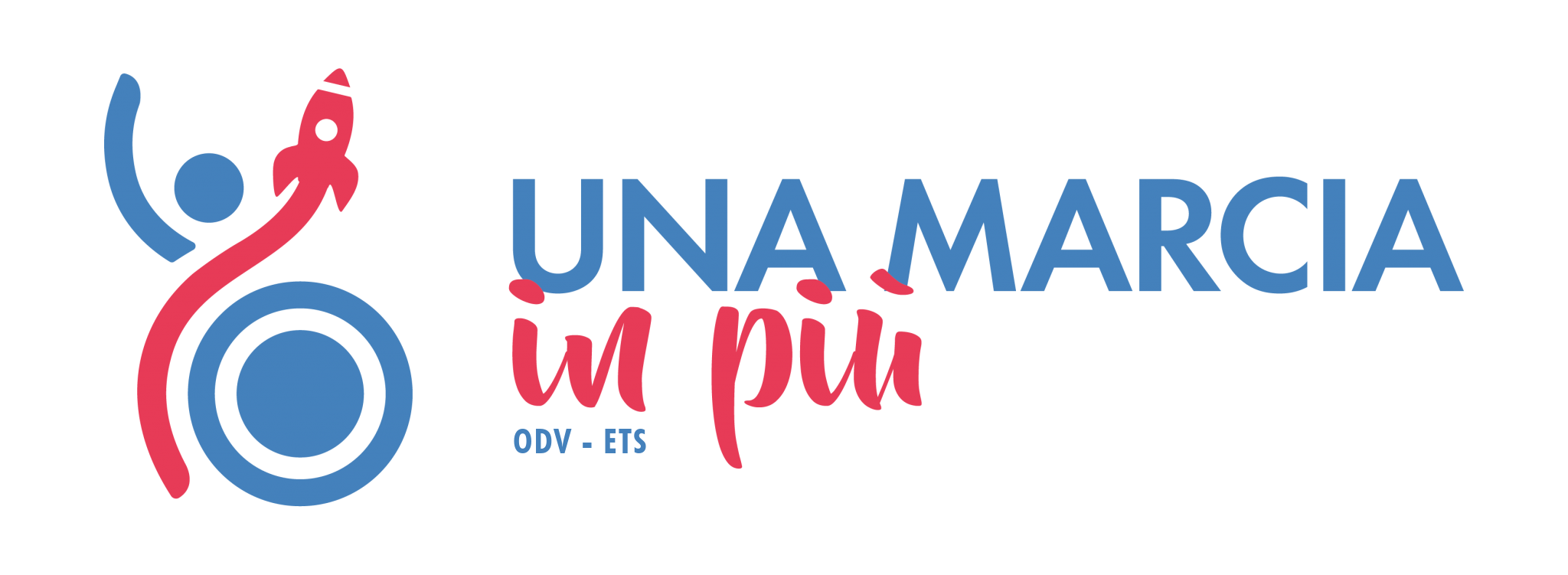In terms of its cost structure, the company has fixed costs (i.e., constant regardless of production volume) that amounts to $50k per year. Recall, fixed costs are independent of the sales volume for the given period, and include costs such as the monthly rent, the base employee salaries, and insurance. While the breakeven point is a valuable tool for decision-making, it has several limitations. One major downside is its reliance on the assumption that costs can be neatly divided into fixed and variable categories. For example, semi-variable costs, which have both fixed and variable components, can complicate the accuracy of the breakeven calculation which then changes the breakeven point in units.
If your price is too high, you might be falling short of your break-even point because customers won’t buy at that price. Lowering your selling price will increase the sales needed to break even. But this can be offset by the increased volume of purchases from new customers.
Break Even Analysis
For more cost cutting ideas, check out our guide of 25 ways to cut costs. If you’re having trouble hitting your break-even point or it seems unreachable, it’s time to make a change. If you’re a latecomer to a market, there might be too much supply, and you might not be able to break even without economies of scale. However, if you jump on a trend early, you might be able to command market share and price to accelerate toward your break-even point.
What is the basic objective of break-even point analysis?
Or, fixed costs might increase due to higher interest rates and inflation. Fixed costs (like office space, server maintenance, and employee salaries) total $15,000 per month, and the variable costs per subscription (customer support and software updates) come out to $10 per unit. Although investors may not be interested in an individual company’s break-even analysis of production, they may use the calculation to determine at what price they will break even on a trade or investment. The calculation is useful when trading in or creating a strategy to buy options or a fixed-income security product.
The Break-Even Point (BEP) is the inflection point at which the revenue output of a company is equal to its total gaap analysis costs and starts to generate a profit. What this answer means is that XYZ Corporation has to produce and sell 50,000 widgets to cover their total expenses, fixed and variable. At this level of sales, they will make no profit but will just break even. If the stock is trading at $190 per share, the call owner buys Apple at $170 and sells the securities at the $190 market price.
Get in Touch With a Financial Advisor
With monthly caps, flat pricing, and flexible solutions, you always know what you’ll pay. Adam Hayes, Ph.D., CFA, is a financial writer with 15+ years Wall Street experience as a derivatives trader. Besides his extensive derivative trading expertise, Adam is an expert in economics and behavioral finance. Adam received his master’s in economics from The New School for Social Research and his Ph.D. from the University of Wisconsin-Madison in sociology.
- These costs can add to your overall expenses, pushing your break-even point further out.
- Fortunately, you can answer this question by calculating your break-even point.
- However, it’s not just a static number to aim for—it’s something you can influence by pulling other levers.
- If you find yourself falling short of your break-even point month over month and feel like you can’t change your prices, lowering your fixed costs can be a solution.
- It is also helpful to note that the sales price per unit minus variable cost per unit is the contribution margin per unit.
What is the approximate value of your cash savings and other investments?
Once you know the fixed and variable costs for the product your business produces or a good approximation of them, you can use that information to calculate your company’s breakeven point. Small business owners can use the calculation to determine how many product units they need to sell at a given price point to break even. It is also possible to calculate how many units need to be sold to cover the fixed costs, which will result in the company breaking even. To do this, calculate the contribution margin, which is the sale price of the product less variable costs.
While the breakeven point focuses on financial metrics, successful business decisions also require a holistic view that looks outside the number. For example, it may just not be feasible to sell 10,000 units given the current market for the example above. The selling price is $15 per pizza, and the monthly sales are 1,500 pizzas.
There is no net loss or gain at the break-even point (BEP), but the company is now operating at a profit from that point onward. Upgrading to a paid membership gives you access to our extensive collection of plug-and-play Templates designed to power your performance—as well as CFI’s full course catalog and accredited Certification Programs. Here’s the basics you need to know to stay on top of your books and taxes.
All of our content is based on objective analysis, what is standard cost its an estimate and the opinions are our own. It is only useful for determining whether a company is making a profit or not at a given point in time. The break-even point or cost-volume-profit relationship can also be examined using graphs. This section provides an overview of the methods that can be applied to calculate the break-even point.
This means the startup would need to sell 750 subscriptions each month to break even. Once the startup exceeds this number, every additional subscription sold contributes straight to profit. The break-even point (BEP) is where the total money coming into your business (revenue) matches what’s leaving (expenses). Your break-even point marks the place where your business starts turning a profit. It’s a monumental moment for any entrepreneur—it’s the point where you stop bleeding money, halt your burn rate, and earn the fruits of your labor.
The five components of break-even analysis are fixed costs, variable costs, revenue, contribution margin, and break-even point (BEP). The denominator of the equation, price minus variable costs, is called the contribution margin. After unit variable costs are deducted from the price, whatever is left—the contribution margin—is available to pay the company’s fixed costs.

